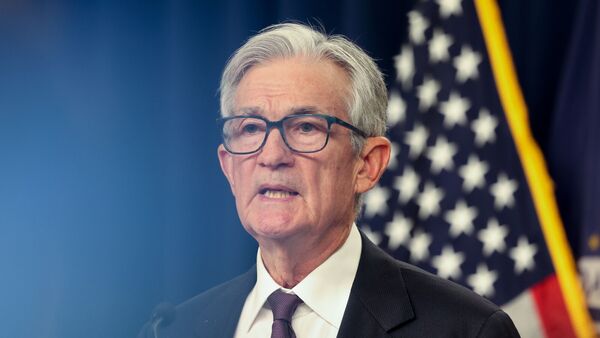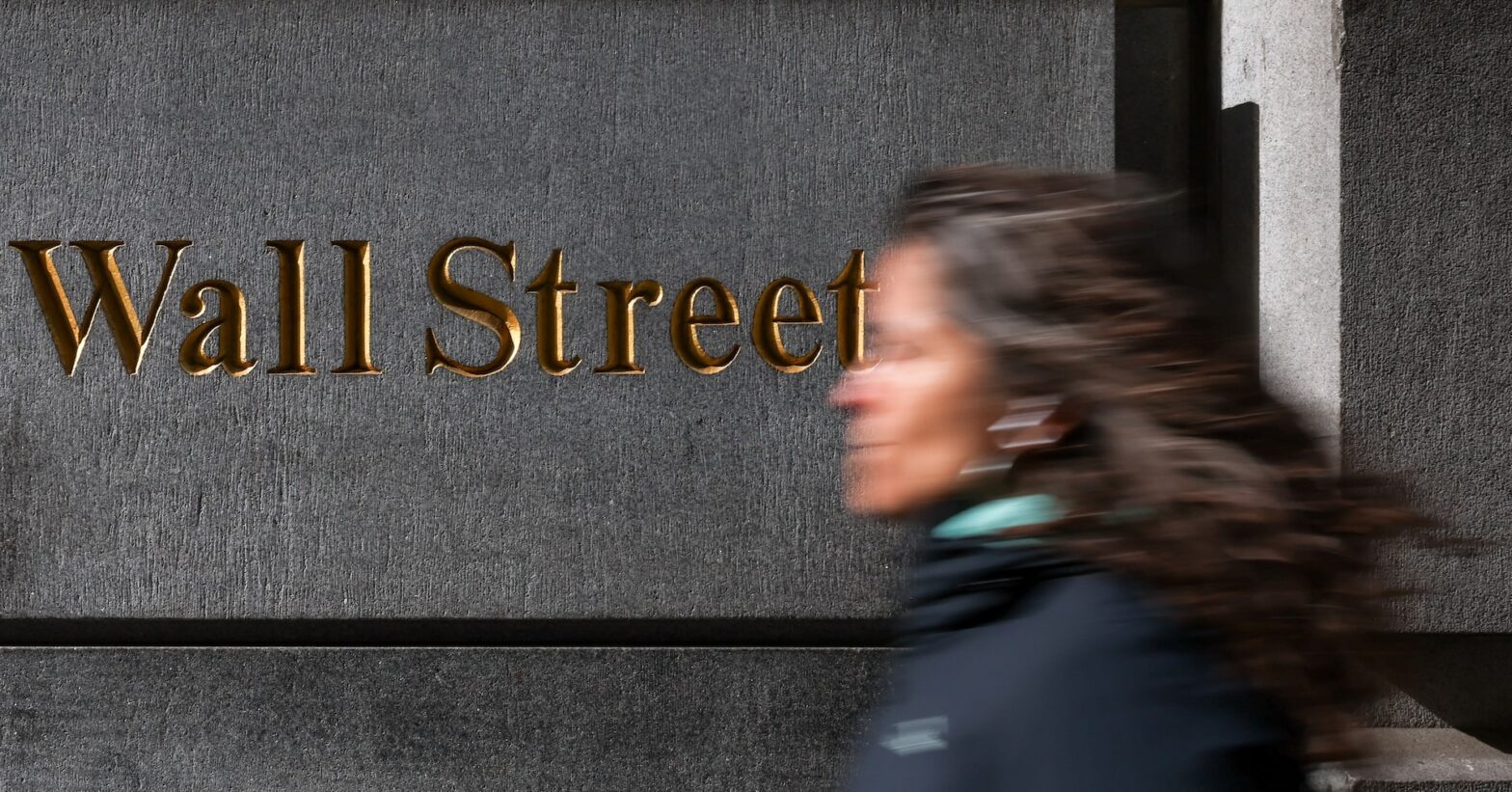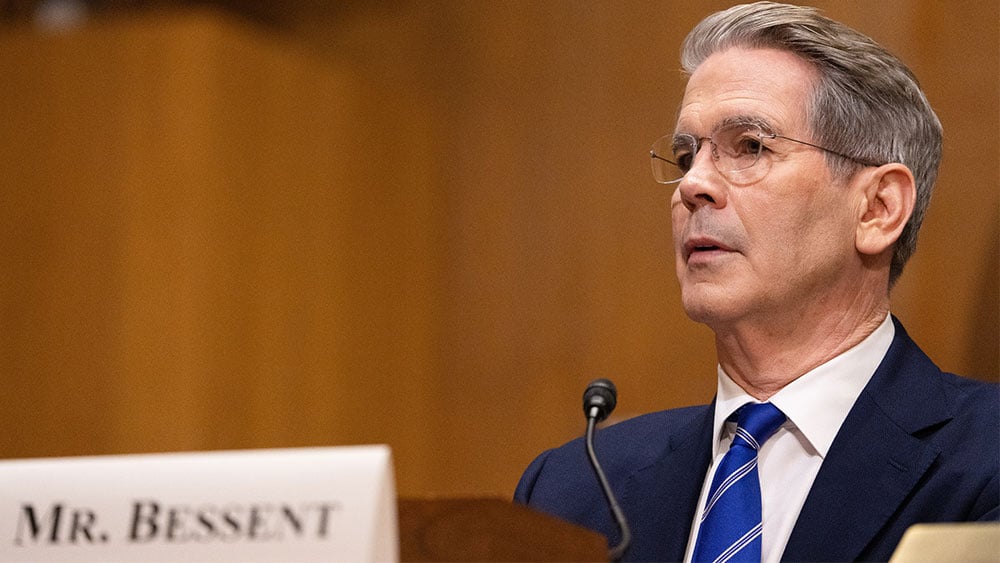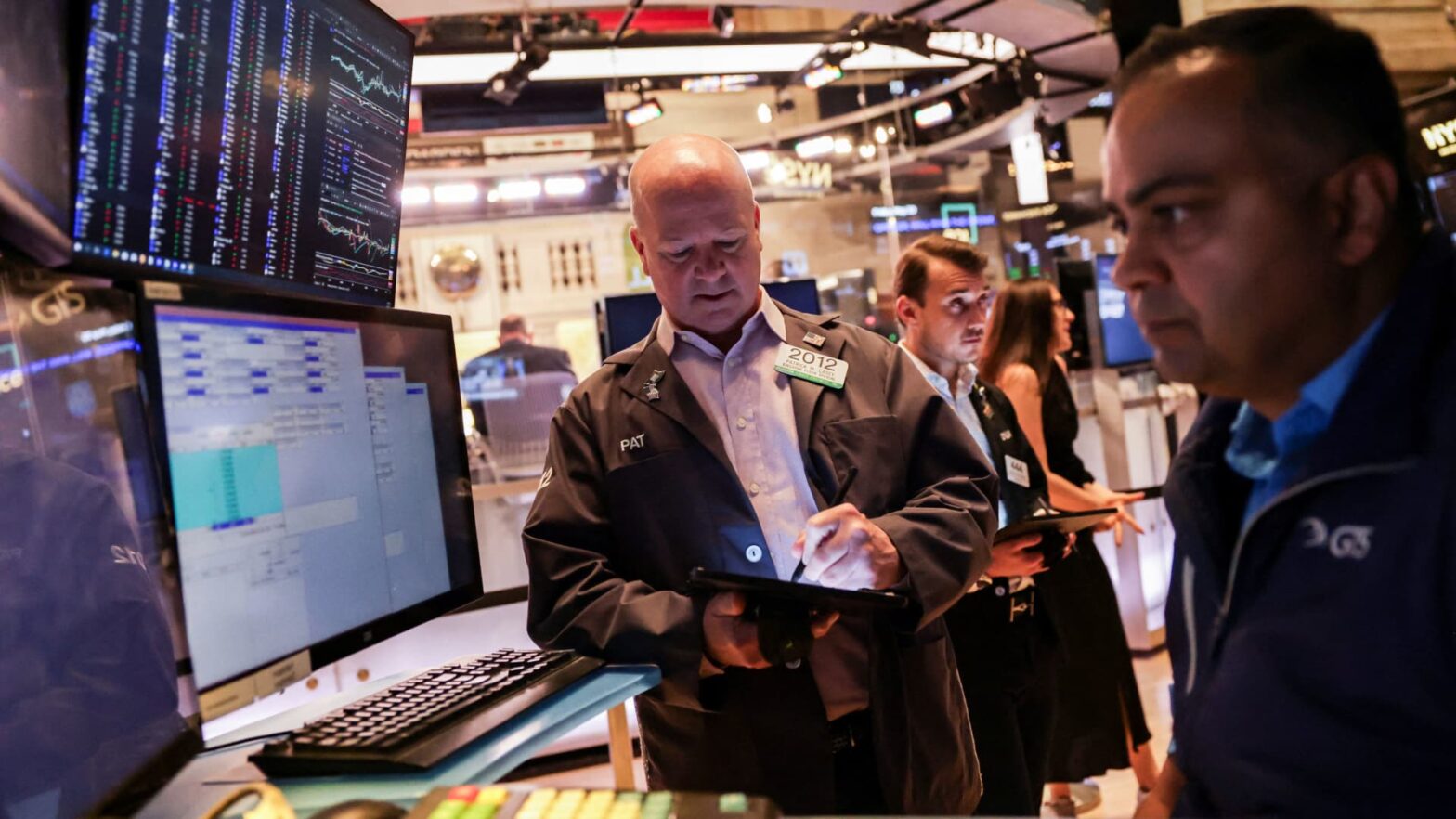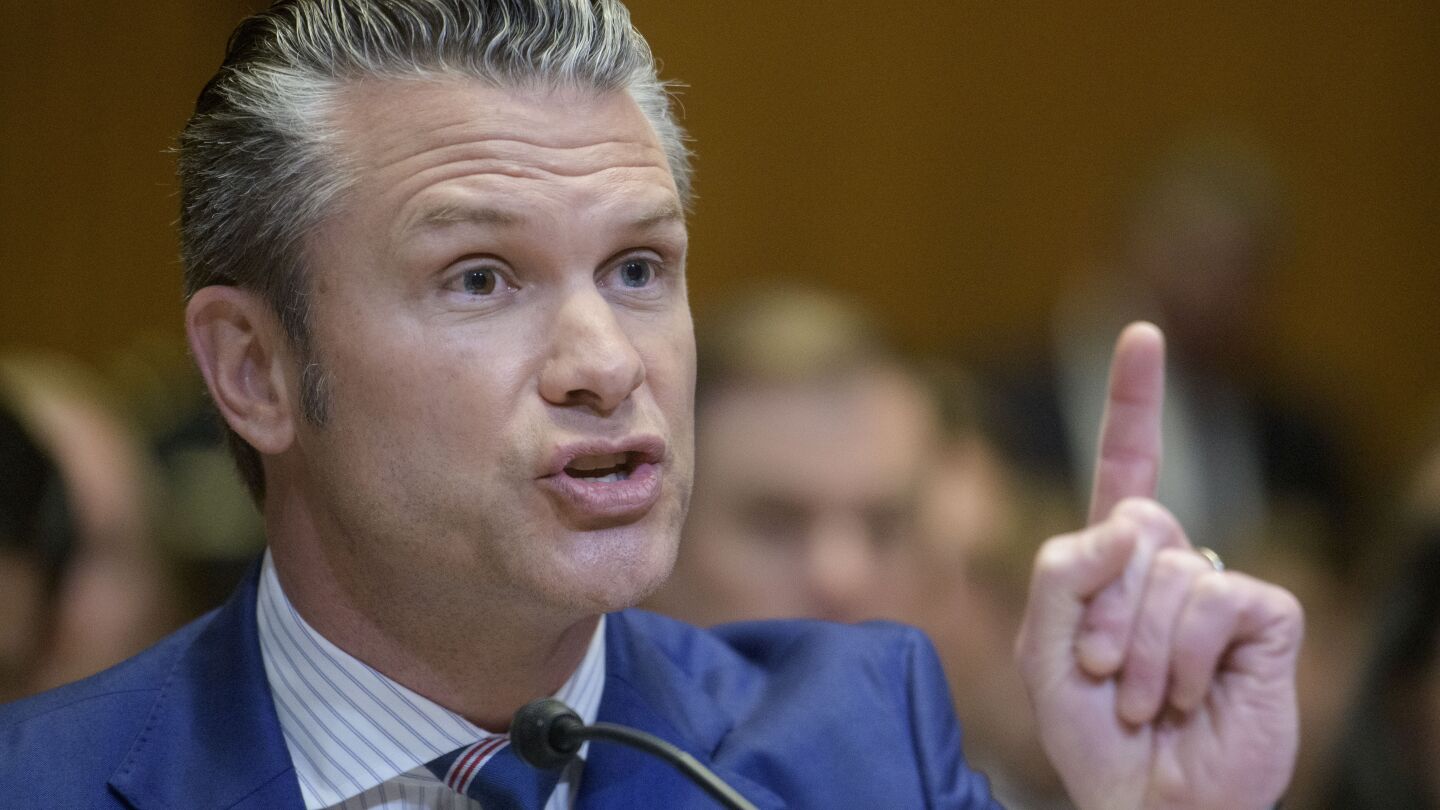While there were no surprises in the US Federal Reserve’s policy decision on Wednesday, May 7, Chair Jerome Powell issued clear warnings for investors — the growth-inflation dynamics in the world’s largest economy appear murky, and the worst may still be yet to come.
The US Federal Reserve’s FOMC (Federal Open Market Committee) decided to keep the key benchmark interest rates unchanged at 4.25–4.50 per cent and flagged growing risks stemming from President Donald Trump’s aggressive tariff policy regime.
Holding interest rates steady for the fourth consecutive meeting, the Fed Chair indicated the possibility of a rate cut could be remote because of prevailing uncertainty over the economic fallout of Trump tariffs.
Let’s take a look at the five key risks flagged by Jerome Powell that investors should not ignore:
1. Economy: More pain could be in the offing
The US economy could experience more pain in the coming months due to increased uncertainty.
Powell said that while the US economy is in good shape, the elevated risks of uncertainties related to the economic outlook still prevail.
“Uncertainty about the economic outlook has increased further. The Committee is attentive to the risks to both sides of its dual mandate and judges that the risks of higher unemployment and higher inflation have risen,” said the Fed statement.
The US GDP contracted at a 0.3 per cent annualised rate in the first quarter of 2025. US manufacturing contracted for a second straight month in April. The ISM’s manufacturing PMI dropped to a five-month low of 48.7 in April from 49.0 in March.
2. Sticky inflation
Powell’s comments highlighted that the inflation risk is not behind. He underscored that inflation has eased from its levels seen in mid-2022, but it is still hovering above the 2 per cent long-term objective mark.
“The risks of higher unemployment and higher inflation appear to have risen, and we believe that the current stance of monetary policy leaves us well positioned to respond in a timely way to potential economic developments,” said Powell.
The Fed’s warning on inflation is a significant negative for the market, as it implies that rate cuts could be delayed beyond the expected timeline, weighing on consumer spending, corporate profitability, and overall economic growth.
“It appears this classic supply-shock conundrum is going to keep the Fed on hold until a clearer sign of weakening in the labour market is present, implying the summer could stay dry as far as the Fed’s additional easing is concerned. The next Fed move could get delayed to September,” said Madhavi Arora, Lead Economist at Emkay Global.
3. Inflation-employment conundrum keeps the Fed in a fix
The US Federal Reserve is having to deal with a complex situation of rising inflation and a strong job market. While job growth has been resilient, the tariff war has increased the risk of inflation.
Powell highlighted that if tariffs remain at the current level, the Fed may not meet its inflation and employment goals this year.
“What looks likely is that we will certainly see the risks of higher inflation and higher unemployment have increased. And if that’s what we do see. If the tariffs are ultimately put in place at those levels, which we don’t know, then we won’t see further progress toward our goals,” said Powell.
4. Fragile households, business sentiment
Powell flagged fragile household and business sentiment regarding economic growth due to tariff policies. A cautious consumer and business mood could hit spending, delay investment decisions, and further weigh on growth.
5. No preemptive rate cut to mitigate tariff impact
When Trump’s tariffs hit US trading allies, expectations soared that the Fed would go for a preemptive rate cut to mitigate the economic pain caused by the trade war. That hope has been dashed, and investors now need to wait for inflation to come down substantially and the job market to cool before the central bank considers a rate reduction.
“It’s not a situation where we can be preemptive, because we actually don’t know what the right responses to the data will be until we see more data,” said Powell.
Read all market-related news here
Read more stories by Nishant Kumar
Disclaimer: This story is for educational purposes only. The views and recommendations above are those of individual analysts or broking companies, not Mint. We advise investors to check with certified experts before making any investment decisions, as market conditions can change rapidly, and circumstances may vary.

